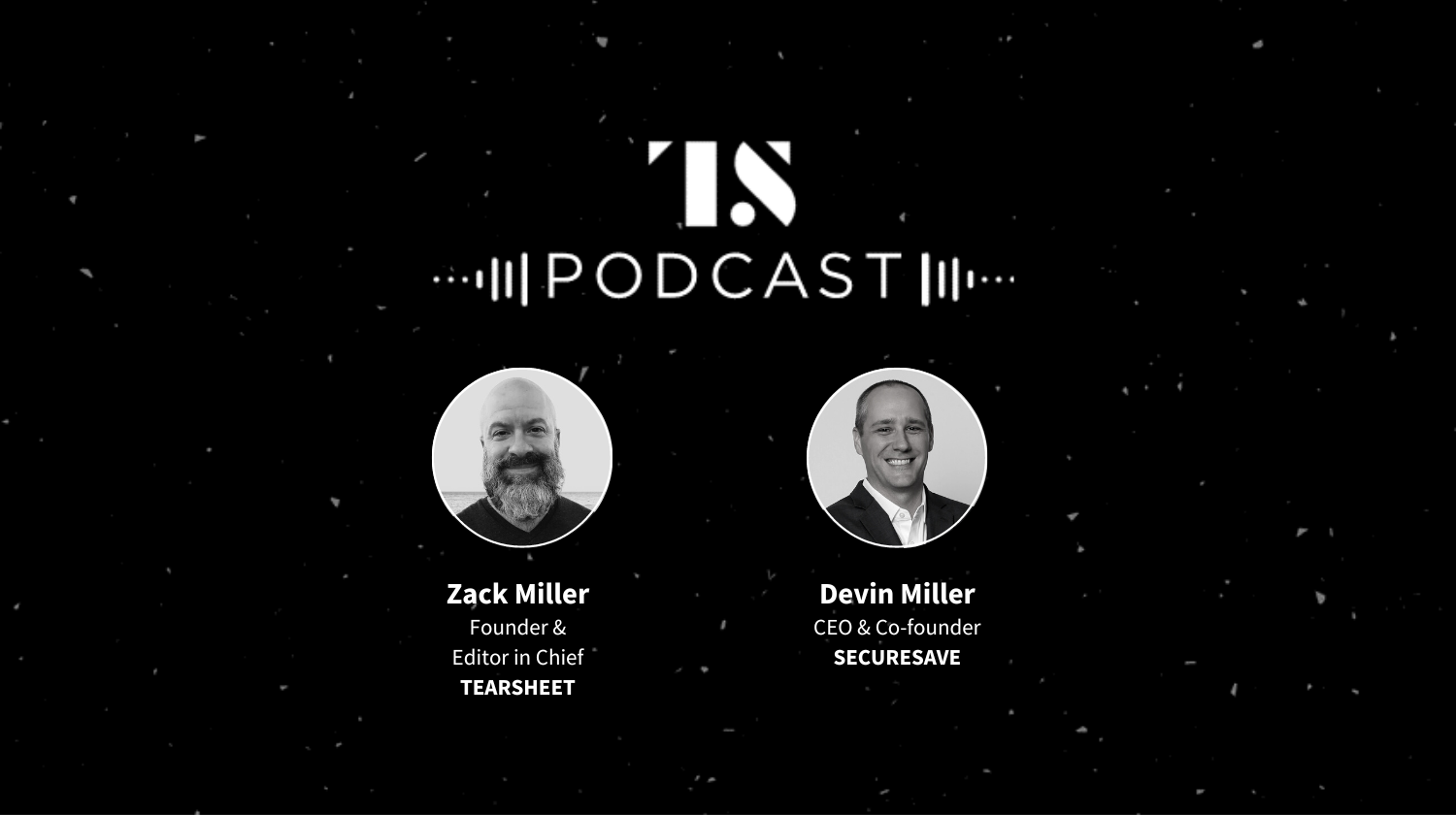Podcasts
‘Our bet is that ESAs will be similar to the last 20 years of HSAs’: SecureSave’s Devin Miller
- SecureSave is trying to popularize the Emergency Savings Account, which functions similar to a Health Savings Account and is intended to help employees save for an emergency.
- Devin Miller is a co-founder of SecureSave and is following the HSA playbook for bringing his firm and ESAs to market.








